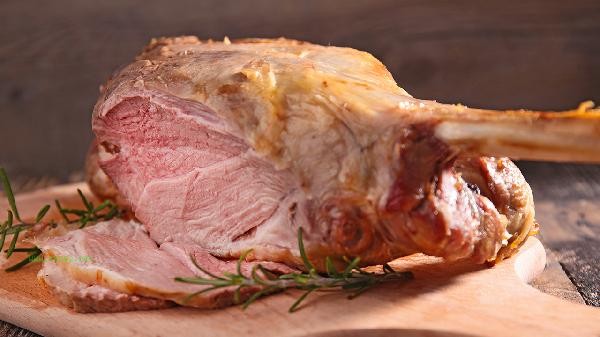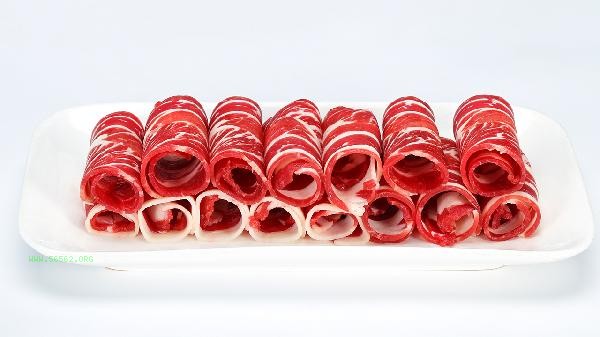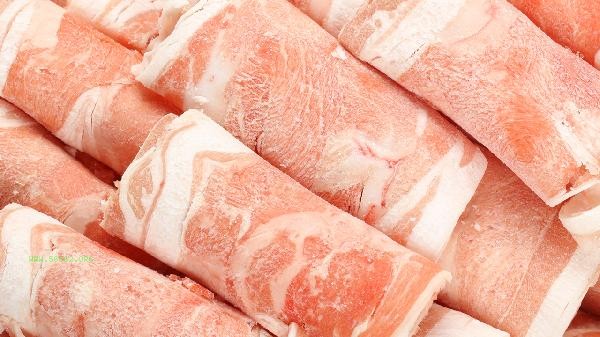It is recommended to refrigerate or freeze leftover lamb, depending on the time of consumption. Short term storage can be refrigerated for preservation, while long-term storage requires freezing treatment to avoid repeated thawing.

1. Refrigerated storage
Refrigerated storage is suitable for lamb meat consumed within 1-2 days. Put the lamb into a sealed fresh-keeping box or wrap it tightly with plastic wrap to reduce contact with air. The refrigeration temperature should be controlled between 0-4 degrees Celsius to slow down bacterial growth. If lamb contains soup or oil, it should be packaged separately to avoid contaminating other foods. Refrigerated lamb should be fully heated to a center temperature exceeding 70 degrees Celsius before being consumed again.
2. Cryopreservation
Frozen lamb can be stored for 1-3 months. Divide the lamb into individual servings, seal them with tin foil or frozen special bags, and label them with dates to avoid expiration. The freezing temperature should be below -18 degrees Celsius, and rapid freezing can reduce the damage of ice crystals to meat. It is recommended to move to the refrigerator 12 hours in advance for slow thawing, or use the microwave defrosting function. Do not thaw at room temperature to prevent spoilage.
3. Vacuum Processing
uses a vacuum sealing machine to remove air from the packaging, which can extend the refrigeration storage time to 3-5 days and freeze storage for up to 6 months. Vacuum environment can effectively inhibit the reproduction of aerobic bacteria, maintain meat moisture and flavor. Pay attention to checking whether the vacuum bag is leaking, and dry the surface moisture of the lamb before sealing.

4. Cooked lamb should be placed in the refrigerator within 2 hours, and soup based foods should be cooled to room temperature before sealing. Braised lamb can be frozen with brine, and the flavor is better when reheated. It is recommended to remove the bones and store roasted lamb to avoid bacterial growth at the joints between the bones and meat.
5. After thawing
The thawed lamb must be consumed within 24 hours and cannot be frozen again. If there is any mucus, odor or green color, it should be discarded immediately. Ginger slices and cooking wine can be added to help remove fishy odors during cooking, and the stewing time should be extended by 5-10 minutes compared to fresh meat to ensure sterilization. During the storage process, it is necessary to regularly check the temperature of the refrigerator and store raw and cooked foods in layers. Frozen lamb is recommended to be consumed within its shelf life. Although it does not spoil over time, its taste will gradually deteriorate. For repeatedly thawed lamb, the knife can be changed to shredded or minced meat for stir frying and filling. High temperature fast frying can ensure food safety. Daily attention should be paid to defrosting and cleaning the refrigerator to avoid cross contamination.









Comments (0)
Leave a Comment
No comments yet
Be the first to share your thoughts!